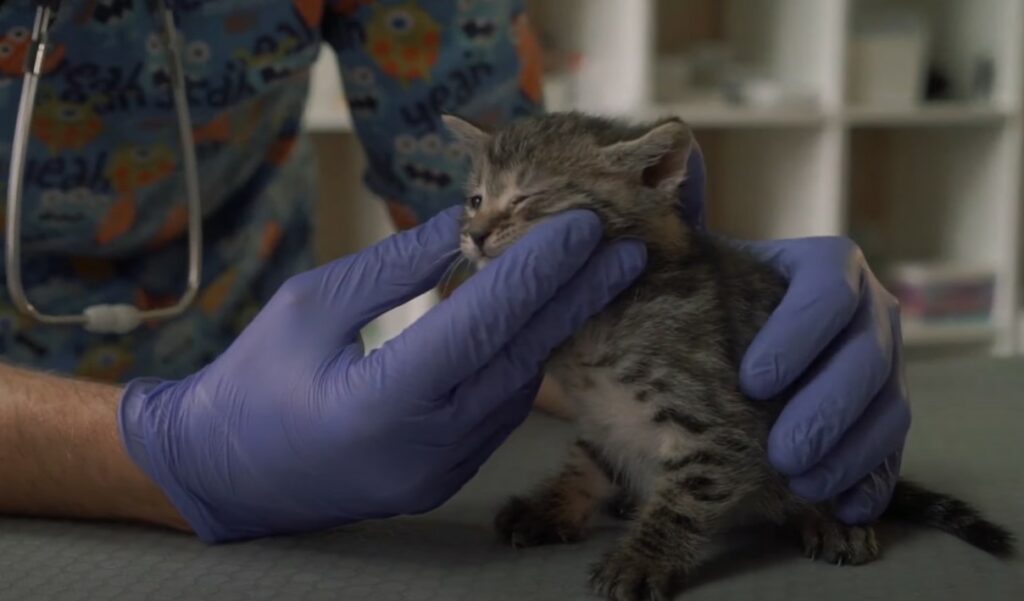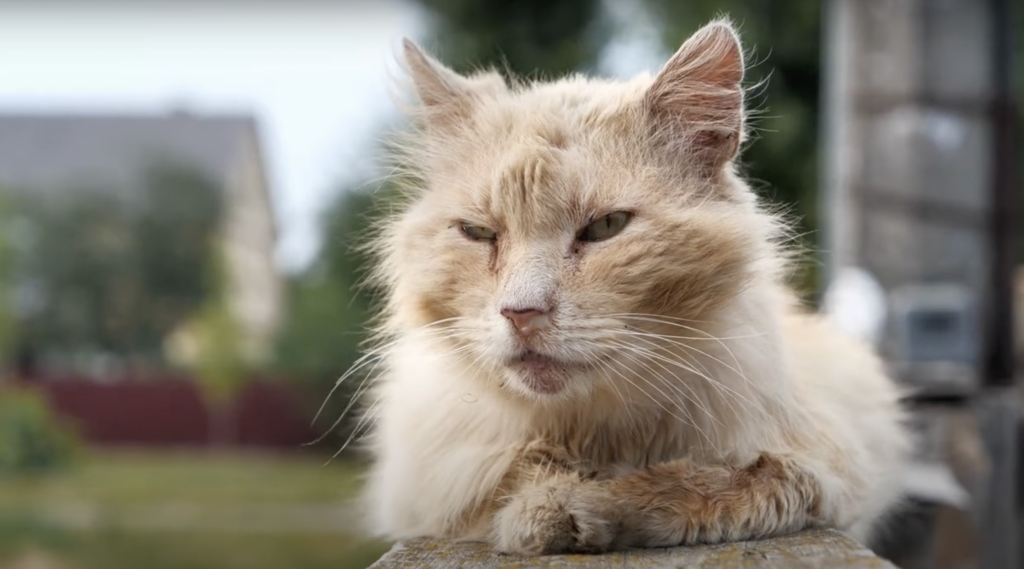When your pet cat develops unusual symptoms, it can be a concerning time. Due to their survival instincts, cats can often successfully hide illnesses; this is so they do not appear as easy targets for predators in the wild. Domesticated cats have kept this mannerism from their ancestors.
One of the most common conditions in unvaccinated cats is cat flu. Although it is rarely a serious condition in healthy cats, cat flu can be fatal in young kittens and felines with immune system complications, so cat owners should research the illness to ensure proper protection for their pets. Thankfully, this article includes everything pet parents need to know about the cat flu virus.
Table of Contents
What is Cat Flu?
Similar to a cold or the flu in humans, cat flu is a common condition that affects the upper respiratory tract in felines. It affects cats of all ages and breeds. Two viruses are the main causes of cat flu: feline herpes virus (FHV-1) and feline calicivirus (FCV). It can also be caused by bacteria, such as Bordetella bronchiseptica, which is the leading cause of kennel cough in dogs, and Chlamydophila felis.
Bacterial infections can develop once the cat is unwell and make the illness worse, although the cats that are most likely to experience severe symptoms of cat flu are young kittens, senior cats, or adult cats with compromised immune systems. If these cats suffer from cat flu, there can be life-threatening complications, as fighting off infection will be more challenging.
This condition is more common in catteries and other facilities where multiple cats are in close proximity, but all cats are at risk of catching cat flu.
What are the Symptoms of Cat Flu?
The symptoms of cat flu might take up to three weeks to develop after exposure to the condition, and the specific signs a cat develops will depend on the virus and/or bacteria that has caused the flu.
Cat flu symptoms are similar to those experienced by people when they have a cold or the flu, so cat owners might notice symptoms like:
- Appetite loss
- Coughing
- Dribbling
- Eye ulcers
- Fever
- Lethargy
- Mouth ulcers
- Runny nose and eyes
- Sneezing
If a cat, particularly a kitten, experiences the symptoms below, contact your vet as soon as possible:
- Limping, painful joints, and stiffness
- Pneumonia
- Trouble breathing

Many cats will also experience a sore throat when infected with cat flu, which can cause them to lose their voice. Owners might notice this as one of the signs of cat flu if their pets’ meows change and sound crackily.
If your pet cat displays these symptoms, you must contact your vet for advice, especially if you own a kitten or an adult cat with underlying illnesses. These cats might experience more severe symptoms.
How Do Cats Catch Cat Flu?
As previously mentioned, cat flu is most common in cat boarding facilities, animal shelters, and similar establishments. It is an infectious condition that spreads quickly from one cat to another through direct contact, such as saliva and eye or nasal secretions, or indirect contact. Items shared by several cats, like food bowls, toys, and water bowls, can carry the virus for a week or longer.
Even some cats who display no symptoms can spread cat flu. Carrier cats can only spread the condition to other animals when the cats shed virus particles. These cats were once infected with cat flu, but they no longer show symptoms; the flu can reoccur in times of stress, however.
Some cats will suffer from chronic rhinitis, which is inflammation of the nose lining, or a runny nose permanently after catching cat flu. This is more likely to happen with damage to the nasal lining, which allows bacterial infections to happen repeatedly. In this case, antibiotics might be prescribed, but these will only offer relief temporarily.
Can Cat Flu Affect Dogs?
Although it is very unlikely for dogs to catch flu from an infected cat, it is not impossible.
Can Humans Get Cat Flu?
The viruses that cause cat flu cannot be transmitted to humans, so humans cannot catch cat flu. Also, it might be helpful to know that cats cannot catch human flu, either.
How is Cat Flu Treated?
In most cases of cat flu, medical treatment is not required. Cats can be cared for by their owners at home following the advice listed below:
- Ensure the cat is well-fed and hydrated with easy-to-eat, warm foods and fresh water.
- Let the cat into the bathroom when you’re showing so the steam can clear its airways.
- Try to minimise stress in the house.
- Use a cotton wool pad soaked in warm water to wipe the cat’s nose and eyes.

If the cat’s symptoms continue to worsen, the vet might prescribe antibiotics to prevent secondary bacterial infections, anti-inflammatories to relieve symptoms, and eye drops to treat sore eyes. The latter is essential if your cat develops eye ulcers, which can cause long-term damage.
How to Treat Cat Flu in Kittens
If you suspect your kitten has cat flu, you should seek immediate veterinary attention. As a kitten’s immune system is not as strong as an adult cat’s, the severity of symptoms that young kittens experience can be worse, which will alter the treatments available.
Severe cases of cat flu often involve kittens and young cats.
Can Cat Flu Be Prevented?
Like many other conditions, prevention is the best method. It is best to help your cat avoid this condition altogether rather than have them suffer through the symptoms of cat flu.
The best method to prevent cat flu is keeping your cat’s vaccinations up-to-date.
What is the Cat Flu Vaccination?
As cat flu can be caused by several viruses, kittens and cats should receive multiple vaccinations annually. These vaccines could prevent the disease or reduce the severity of cat flu symptoms if the cat is unfortunate enough to become ill.
Does the Vaccine Offer Complete Protection?
No, vaccines will not offer total protection against the viruses and bacteria that cause cat flu. Even vaccinated cats can catch the condition, but their symptoms will likely be less severe.
To Sum Up
Cat flu can be a rough condition for felines and owners to go through, especially if the cat is at a higher risk of being severely affected. This is why it is critical to take precautions and ensure your pet cat is efficiently protected against the virus by keeping its vaccinations up-to-date; speak to your local veterinary practice for more advice on this.
However, even with the correct vaccines, cats can still catch this condition. Cats infected with cat flu may experience a runny nose, mouth ulcers, and other symptoms similar to human colds. As it is very contagious, ill cats should be separated from other cats until they have fully recovered, which usually takes two weeks.
If they develop worsening symptoms after the initial infection, veterinary treatment might be required.
Disclaimer: This article is for informational purposes only and should not be used as a substitute for professional veterinary advice.

